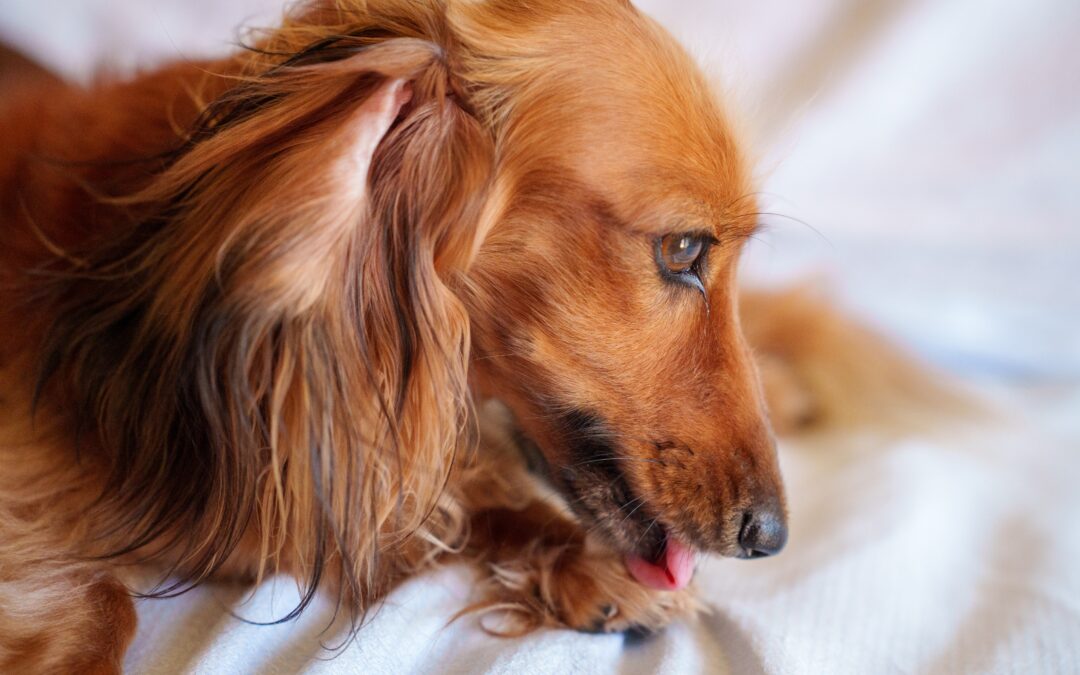Best Ways to Prevent Hot Spots in Pets
When your pet’s skin becomes intensely itchy, they may scratch, lick, and chew excessively, leading to the formation of hot spots. Discover more about these highly uncomfortable sores and assist your furry companion in overcoming the itchiness they cause.
What are hot spots in pets?
Inflamed sores that form on a pet’s skin are referred to as hot spots, acute moist dermatitis, or pyotraumatic dermatitis. These bumps can quickly turn into an oozing, painful mess that is excruciatingly painful for your pet. They frequently appear to appear overnight.
What causes hot spots in pets?
Hot spots are typically brought on by skin inflammation brought on by flea, food, or environmental allergies. Anything, though, that prompts your pet to lick, chew, or scratch an area until the skin is exposed can be the problem.
Hot spots can be triggered by:
- Ear infections
- Skin infections
- Matted fur
- Urinary tract infections
- Anal gland issues
How are hot spots in pets treated?
Treating your pet’s hot spots requires quick action to prevent a deep skin infection. As soon as you notice a small area of inflammation, you must put an Elizabethan collar (i.e., e-collar) on your pet to prevent them from further irritating the skin.
As hot spots can be excruciatingly painful to the touch, when your pet comes to our hospital for hot spot treatment we may sedate them and give them a potent analgesic. We will clip away matted fur to make the area more airy once your pet is at ease. To help the hot spot heal, the wet, matted fur that acts as a breeding ground for infection must be cut out.
To remove fur and other debris, we will gently clean the area with an antiseptic rinse. Next, we will apply topical medications to the clean, dry skin to relieve the itch and treat the infection. Depending on what caused the hot spot in the first place, we may advise allergy medication, anal gland expression, ear medication, routine grooming, or other therapies.
If you notice an irritated, inflamed area on your pet’s skin, don’t wait. Call our staff to make an appointment before a small annoyance develops into a significant, uncomfortable hot spot.

